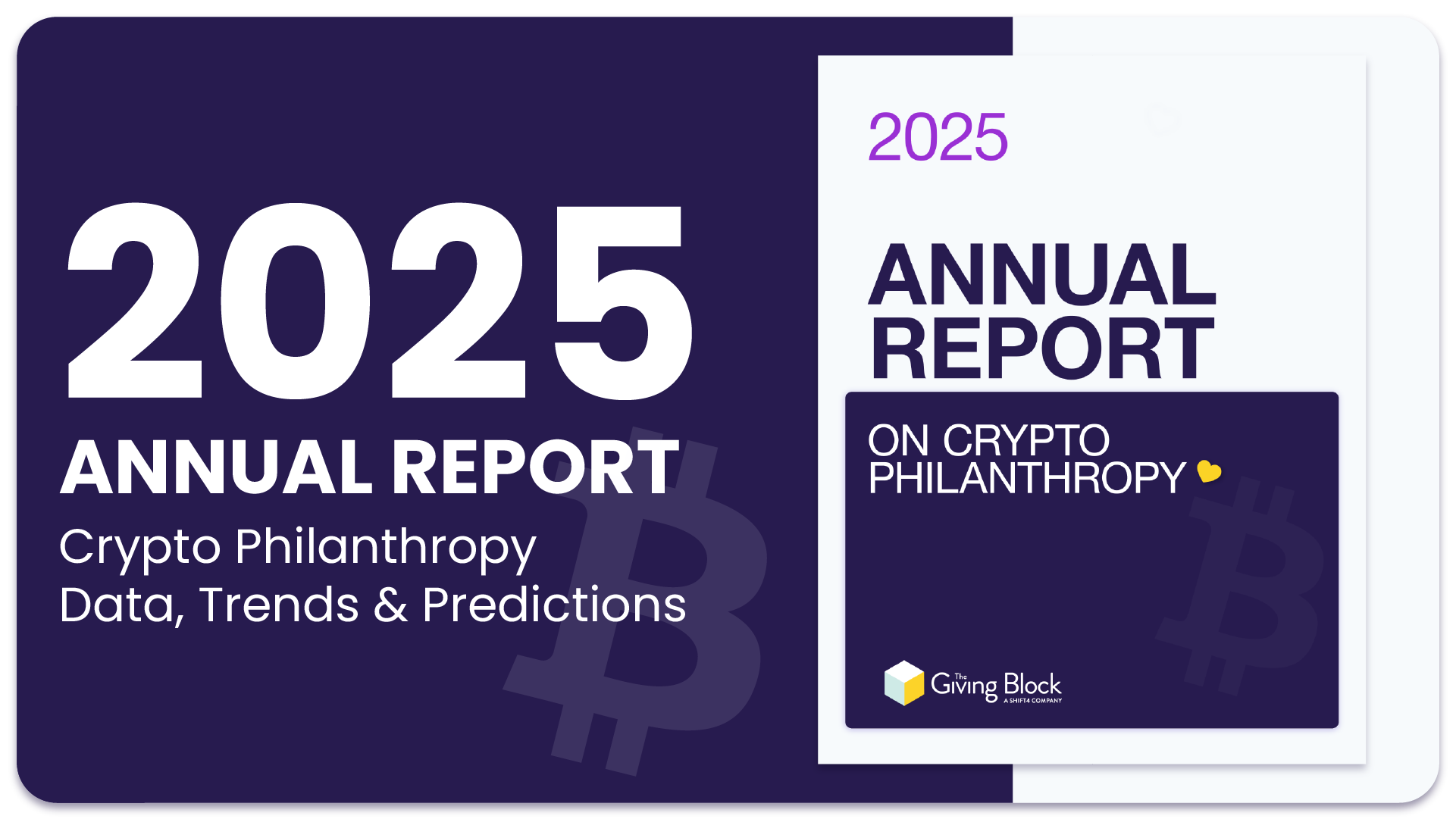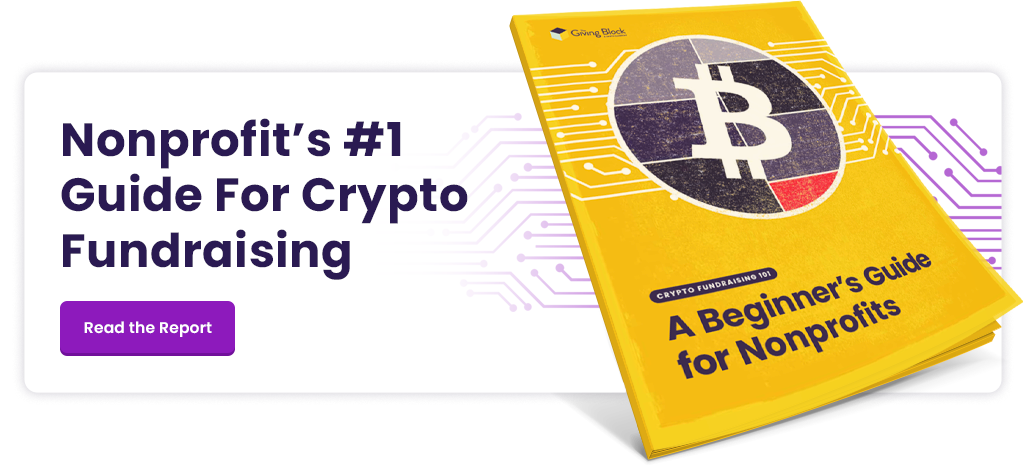First, the good news: over the past sixty-five years, charitable giving has grown at a rate of 3% annually in the United States.
But can bear markets and recessions influence your donors’ charitable giving behaviors? The short answer is yes. The longer answer is that, well, it’s a little bit complicated.
Get familiar with the four stages of the market cycle, historical insights on recessions and philanthropy, and a few current trends that could directly (or indirectly) impact charitable giving to your nonprofit in the coming weeks, months or even years.
Note: This article is written for informational purposes only, and its contents are not, nor should they be considered, financial advice. Please consult with a qualified professional advisor for investment and/or other financial advice.
Market Cycles, Explained
What is a Market Cycle?
A market cycle is a pattern of market behavior that repeats over time, characterized by the opposite trends of upward growth and downward correction.
In a basic sense, a market progresses from phase to phase in the shape of a bell curve, marked by a rise, peak, dip and bottom.
The Four Stages of Market Cycles
The four market cycle phases are: accumulation, mark-up, distribution, and mark-down.
To understand greater trends and general market sentiments, it’s essential to have a basic grasp of the four phases of the market cycle.
However, it’s also important to recognize that these market stages are often difficult to identify at any present moment. Ultimately, any predictions of what the market will do next, and when it will do so, are educated guesses.
But knowing how these cycles flow from one to the next can help you understand the financial factors that may impact donor sentiments around charitable giving, and increase your odds of strengthening donor relations during those important touchpoint conversations.
Stage 1: Accumulation Phase
After the market has “bottomed out,” or reached its lowest point, a small group of early, risk-tolerant investors will begin buying again.
This stage is called accumulation, and refers to the act of buying shares and investing in assets at low prices while the general sentiment is negative. By the end of this phase, the sentiment becomes more neutral.
Stage 2: Mark-Up Phase
At the mark-up stage, the market has achieved some stability and has attracted a larger swath of investors. Market prices start to rise and near the “top.”
Toward the end of this phase, two important things happen. First, the late majority has also jumped in to invest in the market, causing trading volume to rise. Second, the early investors start to unload their positions.
Stage 3: Distribution
During the distribution phase, the buying euphoria of the previous stage gives way to more sell-heavy conditions. Prices may begin to stabilize over a few weeks or months.
This stage is the polar opposite of accumulation and often occurs after market prices have appreciated over the previous six months (or more). As a result, sentiments become more neutral than before.
Stage 4: Mark-Down Phase
The final phase of the cycle, the mark-down, can be identified by general downtrend, as evidenced by a series of market dips. This is exacerbated by a sweeping sense of fear and panic among short-term traders who don’t want to have a negative return on investment.
The mark-down phase can last months and even years. A long mark-down phase is often considered a bear market.
Bear Markets vs. Recessions: What’s the Difference?
It’s easy to confuse bear markets with recessions, but there are some notable distinctions.
A bear market is a prolonged period when investment prices decline by at least 20% over several months.
In contrast, a recession is a period of declining economic performance over two consecutive quarters. This can be assessed by monetary measurements such as a nation’s Gross Domestic Product (GDP).
While a bear market will often foreshadow an eventual recession, this is not always the case.
Can Market Cycles Influence Charitable Giving?
Though philanthropy tends to be pretty resilient to negative market sentiments, sustained market declines can have several impacts on giving.
A report on philanthropy by the Blackbaud Institute analyzed decades of historical data and found that, overall, giving remains relatively strong in the face of recessions.
But while philanthropy has grown on a long-term time horizon, the short-term impact of recessions is clearly evident.
As a result of the Great Recession of 2008, for example, many nonprofit subsectors experienced decreases. In 2008, overall charitable giving in the U.S. decreased by 7% and 6.2% in 2009.
For nonprofits that struggle to cover operating costs with grants and individual donations every year, bear markets and recessions can be a serious concern.
Key Insight: The Delayed Impact of Recessions on Giving
During the years that experience economic downturns, giving decreases by 0.5%, on average.
In general, downward giving trends tend to follow downward market trends, but not always immediately.
While giving follows the general up- and downward trends across time, it typically lags behind stock market volatility by about two years, effectively shielding philanthropy against short-term fluctuations.
Should your nonprofit modify its “ask” from year to year, based on the markets? There is no one-size-fits-all answer here; it depends greatly on your nonprofit’s needs, as well as what you hear from your own donors.
Here are a few considerations:
- If markets have been strong lately, that could be a signal that you’ll have greater success asking major donors to increase their annual gift size.
- Or, if the market is tanking, you might want to be ready to hear the word “no” more often than you would like.
- Keep in mind that every investor entered the market at a different time. So while some will “buy the dip” during an accumulation phase and can enjoy handsome profits if they sell toward the end of the mark-up phase, others will buy “at the top” and are likely to incur losses unless they are long-term holders.
- Market sentiments may also influence your pitch to donors, specifically how much you’ll want to convey the impact of your mission versus the potential tax benefits of giving.
The bottom line is that staying attuned to the markets is a critical part of understanding your most important donors.
Pay Attention to These Market Narratives in Early 2023
It’s natural for economists and traders to speculate on the current state of stock and commodity markets and the economy as a whole.
As a fundraiser, it’s a best practice to stay on top of market news so that you can understand the broader signals that can sway market sentiments.
Though experts debate whether or not the economy fell into a recession in 2022, the stock and crypto markets were declared bear markets.
As 2023 gets under way, will there be a turning of the tides? It’s anyone’s guess, but here are a few narratives that we’re watching, particularly as they relate to the crypto market.
Signal #1: Strong Market Performance
The world’s most popular cryptocurrency, Bitcoin, has been on an upward tear to start the year, appreciating in value by 43%. So far, the world’s “digital gold” asset has outperformed major top performing markets and assets like the S&P 500, the Dow average, and oil, among others.
Year-to-Date Market Performance (as of February 23, 2023)
| Asset/Index | Last Close | YTD |
| S&P 500 | $4,012.32 | 4.50% |
| Dow | $33,153.91 | 0.02% |
| Nasdaq 100 | $12,180.14 | 11.34% |
| Russell 2000 | $1,908.09 | 8.34% |
| FTSE 100 | $7,907.72 | 6.12% |
| Bitcoin | $23,825 | 43.74% |
| Ethereum | $1,642.56 | 37.20% |
| Gold | $1,829.70 | -0.02% |
| Oil | $75.65 | -6.04% |
| 10 Year Treasury | 3.883% | 0.32% |
Source: MarketWatch.com
Of course, not even the experts can predict markets for certain. The young crypto market is especially difficult to forecast, as it can be subject to a variety of factors such as global economic conditions, changes in government regulations, and technological advancements.
But if this streak continues for crypto’s two biggest assets, it could indicate that the bear market of 2022 is coming to a close and these upward price movements may be part of a long-term trend.
Signal #2: NFT Trading Volume is Picking Up
After a decline in 2022, NFT trading has skyrocketed over the past two months. Most recently, there has been a 155% week-over-week increase in Ethereum NFT trading volume.
While this may seem like a niche corner of the crypto market to follow, NFT creators are emerging as a major force for crypto charitable giving—and their influence on philanthropy is only getting started.
The NFT trading volume on popular blockchains like Ethereum, Solana and Tezos will be figures to watch in the coming weeks and months.
Signal #3: Crypto Adoption Among Mainstream Businesses
There’s a popular saying that goes, “bear markets are for building.” During this quiet time for the crypto market, countless traditional finance institutions and mainstream companies are partnering with web3 projects.
Some recent examples of crypto adoption among businesses and banks include:
- Germany’s second-biggest bank, DZ Bank, announced it will offer Bitcoin and crypto asset management to institutional clients.
- Sony launched a web3 incubation program for musicians.
- Visa expanded its partnership with crypto payments firm Wirex to 40 countries.
- Shopify released several blockchain e-commerce tools.
For the most part, these companies are eager to innovate, while connecting with an emerging market demographic of crypto users. Some are even using crypto donations for their corporate social responsibility initiatives.
When the markets turn back around, these companies will have already built a foundation to thrive in the crypto economy and reach this growing user base.
Takeaways
At the end of the day, each market phase presents an opportunity for fundraisers to reach, educate and steward potential supporters.
And though bear markets and recessions can trigger charitable giving declines, it doesn’t mean philanthropy will dry up entirely during a “down year.”
In fact, some (or even most) of your donors may not be conscious of how the markets can impact their overall giving. But paying attention to the trends and understanding the patterns can make you a savvier fundraiser.
As 2023 goes on, we expect to see donations continue to come in, including from crypto users, who have already contributed to support urgent global causes like earthquake relief in Syria and Turkey.
Learn more about crypto philanthropy and other trends in non-cash asset fundraising. Subscribe to our weekly newsletter.





















